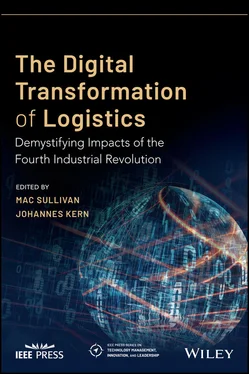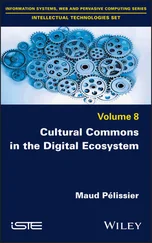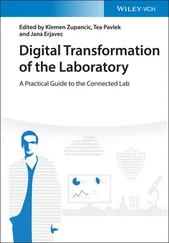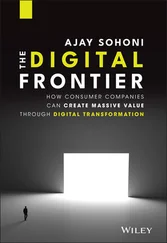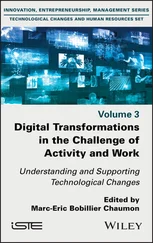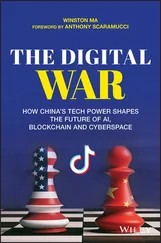To define this level, the overall supply chain process and the intended business services have to be considered. Is a pure identification/localization 2 enough, or are sensors needed to get certain data, such as condition monitoring? It could be necessary to use sensors implemented in the product to monitor certain conditions. At the same time, although the product itself might have some sensors inside, to optimize transport, handling, or warehousing of a mix of sensor and non‐sensor products, it might be needed to have additional sensors on container or transport device level. Furthermore, in case a sensor is needed, which conditions, such as temperature, humidity, or acceleration, do the sensor need to measure? Modern sensors are quite compact, small, and capable of measuring multiple of those. 3
Based on the application of the data, the means of connecting the Things can be done in an active or passive way. Active means that data is actively sent out from the Thing. This might be necessary if the condition of the Thing changes quickly, and the knowledge about these changes is decisive for the next step, such as the coordination of many transport devices in a warehouse to avoid collisions. To actively send out data, more technologies and especially energy supplies are necessary that might limit the device size and the usage lifetime and require additional services such as exchanging or charging of batteries. In contrast, if conditions are relatively stable or the intended application is purely identification, a passive mode might be sufficient. In a passive mode, the Thing reveals its data when it is triggered from the outside, just as when a box labeled with a barcode passes through a barcode reader.
Data from the sensors to trigger specific actions or decisions enable new business models. For example, if the measured data of the sensors deviate from the target level, a truck driver gets an alert that the condition of the products on the truck needs to be checked or actions like adjusting the cooling function must be taken. Another use case can be machine monitoring. Based on information provided by the sensors on a machine, the next maintenance can be scheduled with minimum impact on downtime. A machine could even automatically order necessary spare parts preventively or once it breaks down. To gain full advantage of these actions, the logistics systems have to be prepared to quickly facilitate the transport of these necessary spare parts. In connected systems, the signal from the machine will already trigger the picking in the warehouse, prepare the necessary transport devices, and synchronize the material flow with the availability of the service technician.
As already well known in SCM, standards are important. With an increasing number of IoT devices involved, there is an exponentially large impact on the standards of the data format, the identification, and connecting technology that necessitates the use of middleware to connect different formats used throughout the whole supply chain. Everything is connected with everything, but based on which “language”? This issue can, for instance, be seen in the discussion about cables and connectors in the computer/mobile phone sector. It started with a lot of diverse single solutions and finally led to the USB solution as unified standard.
One well‐known and established standard for identification in the global retail business is the GS1 EPCIS standard and the Global Trade Item Number (GTIN). By scanning the GTIN number/barcode at defined “control points” in the supply chain, a track and trace function can be established from the source to the customer. Another common standard that is mainly used in the automobile industry is the VDA/Odette barcode label. Although such common identification systems exist, we can find additionally numerous labels of each logistics service provider for their specific operations or parts of the supply chain. The further development of the IoT in the future will show which identification and communication technology will prevail. The “Industrial Internet Consortium” (Object Management Group 2020) and the “Industry 4.0 platform” (Plattform Industrie 4.0 2018), for example, are working closely together to standardize and ensure interoperability in the industrial sector (Plattform Industrie 4.0 2019).
With increasing amounts of data transferred between the connected Things and increasing relevance of and dependability on data to manage supply chains, the security of data transfer, data handling, and data storage needs to be looked at. Any connected smart Thing could be a potential target for cybercriminality as it could grant access to a company’s network. In recent years, a lot of “leaks” stories in social media and the financial world have clearly shown the importance of data security. For a further extension of a connected supply chain, it will be crucial to ensure secure data exchange between the Things and the actors along the supply chain, like the customer, their supplier, logistics service provider, and customs agencies. Technologies like blockchain might provide a solution for this secure data transfer and secure identification. 4
To ensure trust and security in digital systems, Bosch has launched an initiative and invited different supply chain partners to the first Digital Trust Forum in Berlin on 16 May 2019. Representatives from leading international associations and organizations, including the Institute of Electrical and Electronics Engineers (IEEE), DigitalEurope, European Telecommunications Standards Institute (ETSI), the Eclipse Foundation, Trustable Technology, Plattform Industrie 4.0, the Industrial Internet Consortium (IIC), and the Trusted IoT Alliance, came together to discuss this topic.
With more Things connected, and more data being transferred, the capability or bandwidth of the “connecting technology” to transfer large amounts of data in a fast way has become a huge business. If short reaction times are needed, but the latency of the data transfer to and from a “center of decision making” is too long, certain applications might not work. Further innovations in connecting technology, like 5G, are on the way to provide such solutions. Another approach to come up with fast decisions on the Thing level is to avoid data transfer to a central brain and to have built‐in computing power and intelligence on the Thing level, which is referred to as “edge computing.” 5 To share these decentral decisions and their results across the whole system and to enable big data learning for a continuous improvement process, a transfer of data from the Thing to a central data pool, a so‐called data lake, is still needed. Fast reaction or decision can be achieved through local, decentral intelligence while the continuous improvement process is based on big data on a central level.
From a logistics management point of view, one major purpose of connecting Things and transferring, handling, and storing data in the IoT is to get decisions in a better (time, cost, quality) way than before. In general, we can separate into three different types of decision making: manual, automated, or autonomous.
In the manual decision way, the collected data is analyzed or displayed by certain applications that help the decision maker to come to better decisions. The decision itself remains a task of the related person. For example, in a transport company, based on GPS tracking, all trucks are displayed on a screen showing the map of the road combined with traffic and weather information. In the case of a certain event such as a traffic jam, the “decider” must decide where and how to intervene to keep promised lead times.
Читать дальше
